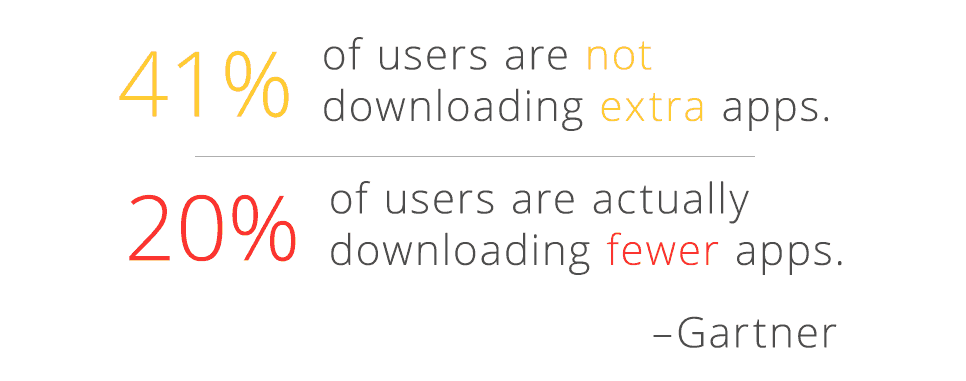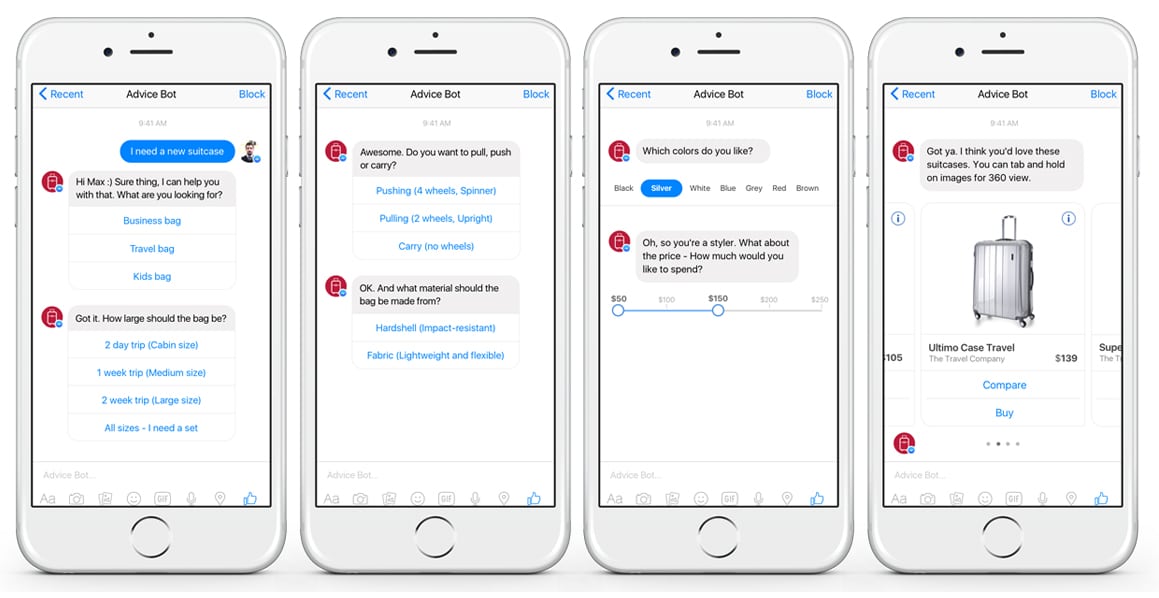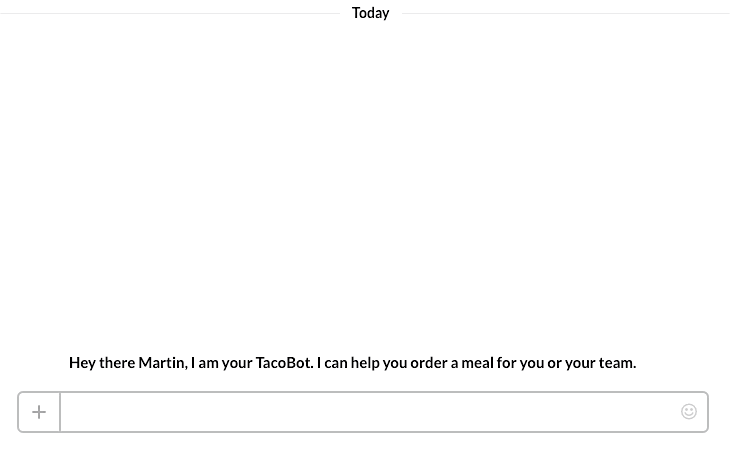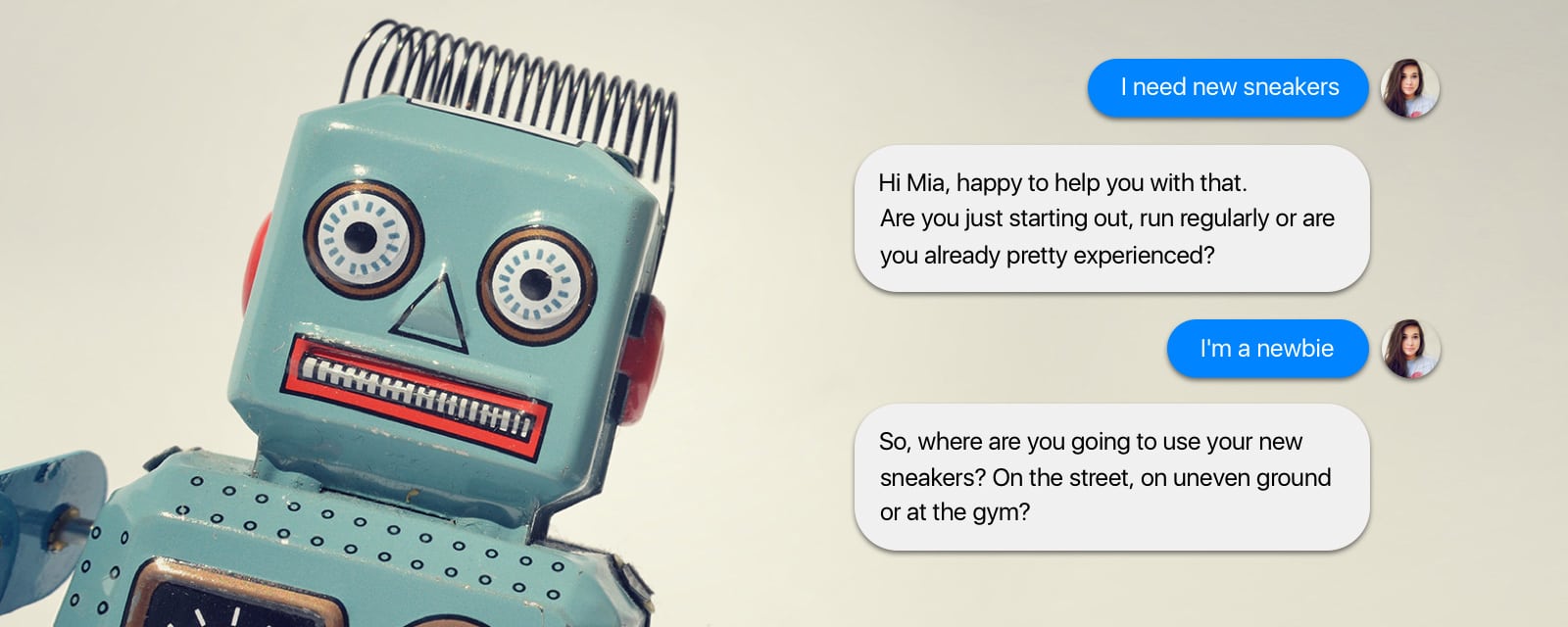Chatbots and digital assistants have made their entrance into our lives. And many experts are convinced that they’re here to stay. These technologies take e-commerce to a new, much more conversational level that is “contextual commerce”. It’s a term coined by Uber’s Chris Messina (by the way, he’s the inventor of the Twitter hashtag) and describes the step towards more personalized interactions between people and brands utilizing chat, messaging, or other natural language interfaces (i.e. voice).
Chatbots and digital assistants are artificial intelligence systems that can communicate with users on a more personal level. They can offer answers to questions such as “what’s the weather going to be like today?”, remind shoppers to create shopping lists, and support them with advice as they decide which product to buy. This undoubtedly creates new opportunities for businesses to engage and connect with audiences in real-time to help them resolve whichever customer service issues they have, shopping advice they need, and information they seek — in a fast and automated fashion.
So what did change that bots are creating a worldwide buzz? Well, the consumer did.
The Rise of Chatbots
With technology dominating every aspect of people’s lives today — be it in a personal, business, or commerce context — consumers have grown accustomed to completing different actions conveniently without having to call, email, or visit a store. They are drawn to solutions that help them get things done.
Any emerging technology that catches on and has the potential to shape future consumer behavior even further has to help people get things done even better and more efficiently. It has to be user-friendly, easy to use and must create value, which does not have to be utilitarian, but can also be entertaining or educational. And now, chatbots are poised to become this new technology that revolutionizes customer interactions and may be able to transform how organizations deploy digital commerce experiences.
Chatbots timing came in great, too.
Mobile apps have lost their mojo and app downloads are declining every year. According to Gartner, app fatigue has set in among smartphone users. There are simply far too many apps that do the same and do not provide any additional value from a consumer perspective. In such a crowded app ecosystem, adoption rates are dropping and app downloads are plummeting.

Instead of building new apps, businesses have to transform their thinking. They should explore new ways to create sophisticated and valuable services by utilizing apps and data that already exist on a user’s smartphone. As consumers expect or even demand more self-service options as well as instantaneous response, it is easy to see that chatbots will continue to grow in prevalence. Microsoft chief executive Satya Nadella concluded that “Bots are the new apps” and will become the primary gateway and channel between businesses and shoppers.
Facebook’s Mark Zuckerberg even went as far as to say that chatbots will replace contact center agents within the next decade. And he may be right. Instead of having to call in, chatbots can manage simple and repetitive tasks, making agents more effective and allowing them to focus on issues that require human contact.
It is a compelling value proposition for users as chatbots can deliver a better, far more seamless, and personalized overall experience to consumers.
Messaging Apps Continued Rise
Data from Messenger People shows that users from all around the world are using messaging apps like WhatsApp, WeChat, and Facebook Messenger more than social networks. In 2020, these apps collectively have over 4.3 billion users, nearly 55% of the global population communicate with these apps. Users are preferring messaging apps for communication. WhatsApp and Facebook Messenger boast 30% year-over-year growth and have enabled Facebook’s family of “apps” to dominate the messaging space.

Messenger apps are more than just about messaging, they connect people with brands. Integrating chatbots with messaging apps offers an amazing opportunity for brands to enter new markets and increase their monetization potential.
Evangelists also predict that chatbots will redefine how businesses sell products and services. The need for in-context digital experiences is fueling the greater adoption of conversational commerce with chatbots and digital assistants as these types of customer experiences allow businesses to deliver perceivable value to consumers by simplifying decision-making even further.
For example, Facebook continues to test mobile product recommendations in order to provide shopping guidance to its users. Instead of browsing the web and sifting through dozens of pages, a chatbot will ask shoppers a few questions, learn what they like, and recommend products according to the user’s preference and needs.
Zoovu’s AI conversational commerce technology can be leveraged to provide shoppers with personalized, contextual, and highly need-based conversational support across devices. Digital assistants for the web are transformed into even more conversational and personal bots.

Even though chatbots are still in their early stages and are going through some growing pains (remember Microsoft’s Taybot that started to send offensive tweets?), several companies are already dabbling in this technology and are rolling out different types of bots for a variety of use cases. Currently, there are thousands of chatbots available for platforms such as Android, Messenger, Kik, Slack, or Telegram, and more are being introduced every day.
H&M launched a Shopping bot in Kik’s Bot Shop, the bot marketplace of Kik’s online instant mobile messaging app. It engages shoppers in a conversation, shares personal style tips, and suggests different outfit combinations. Furthermore, H&M’s bot sprinkles in a few emojis and slang terms to make the exchange feel more like a chat with a friend.

Beauty retailer Sephora has launched a Make-up bot on Kik. Through offering quizzes to better understand individuals their chatbot serves up personalized makeup advice, how-to guides and videos as well as product suggestions. Sephora is hoping to engage and turn active Kik users into paying clients as well.

Uber has integrated with Facebook messenger, making it the first transportation service to launch with this app (Taxi bot). Uber also plans to use the messenger app for its customer service as well.

Even Taco Bell jumped on the “bot-wagon”, launching their TacoBot (Food ordering bot) in Slack, an instant messaging system used by teams worldwide to help manage their tasks and projects easier. Their goal is to let you order tacos while working in Slack.

Intelligent Personal Assistants (Digital Assistants)
Intelligent personal assistants (IPA’s) have been here longer than chatbots, and are revolutionizing the way we search for information. All the major tech giants have built intelligent personal assistants such as Google Now, Siri, Cortana, Facebook M as well as newer devices like Amazon Echo, Google Home, and the rumored Apple Siri.
Google’s personal voice assistant, Google Now, is available on Google Chrome for PC and on Android and iOS within its mobile search version. It’s based on natural language interface, which uses various verbs, phrases, and clauses to perform search tasks.
Amazon Echo, Amazon’s most sold hardware, comes in the form of a wireless speaker. It functions on voice control to perform various tasks such as checking the weather forecast, playing music, answering general questions, ordering food or creating your shopping list.
Siri, an intelligent virtual assistant allows users to search anything –the closest sushi place, find out what time your movie is playing, text a contact, and even find your selfies from last year’s vacation.
Now, the next generation Siri, called Viv (developed by Siri’s creators) is using a self-learning system as opposed to Siri, Amazon Echo, or Cortana, which all function on linear programmed systems.
If you asked Siri a complex question such as “Will it be warmer than 80 degrees near the Washington Bridge after 3 p.m. this Friday?” Siri would be confused and not offer an adequate response. However, Viv can answer this question quickly by writing its own code – called dynamic program generation.
It’s dubbed as a platform that can think for itself and starts to know you. It figures out the context around a query, which allows users to interact with the technology in a more natural, conversational way. This means that you can order flowers, a ride from Uber, book a vacation in just two minutes of talking.
While the first versions of Google Now and Siri did not make third party integrations available, these platforms (Google Now, Cortana, Amazon Echo) have become more open and flexible and support third-party application integrations. This lets the IPA’s do not only a limited amount of actions but bring in more functionality to the user experience that drives adoption rates. It now allows brands and retailers to deliver buying advice, content suggestions, and similar services to shoppers.
Conclusion
Don’t count on bots going away in the foreseeable future – they are becoming a central part of (mobile) engagement strategies. Through bots, brands can better understand their customer’s behavior and focus on offering more tailored services to them.
These technologies also represent a huge paradigm shift in mobile commerce and open the new era of conversational commerce. Whether you’re shopping for makeup, need expert advice as you decide on a product, need to order an Uber, or simply need to see the weather forecast before you plan your hiking trip, bots are expected to make life easier.
The answer to the question if bots and virtual assistants are a “Fad or the next big thing in tech” all depends on whether brands and retailers are able to implement use cases that really make life easier for a user and can create more valuable, useful, faster, and enjoyable experiences. Only then, these technologies will continue to gain momentum.

